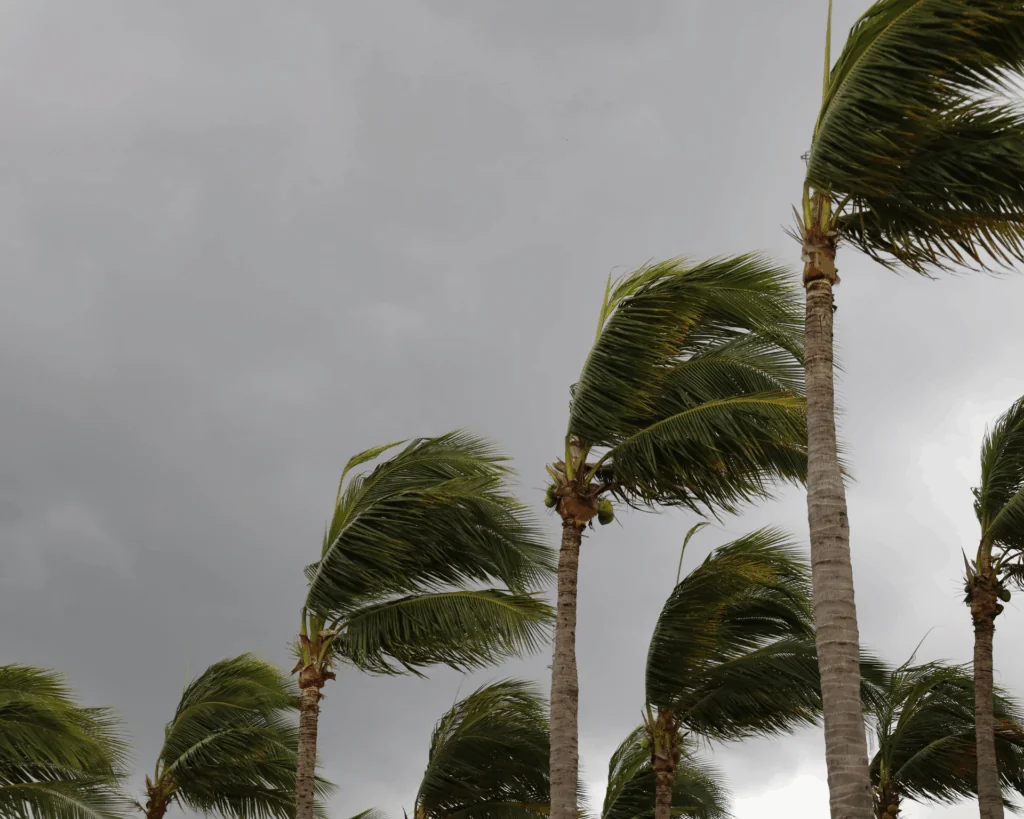Counting Coronavirus
Dr. David Hamer and Dr. Wendy Heiger-Bernays, who have been closely tracking Covid-19, trace the spread from Wuhan, China to many other parts of the world.

Read Time: 5 minutes
Published:
Dr. David Hamer, professor of global health and medicine the Boston University School of Public Health and School of Medicine, and Dr. Wendy Heiger-Bernays, clinical professor of environmental health at the Boston University School of Public Health, both have been closely tracking coronavirus disease (Covid-19) and the spread from Wuhan, China. PHP Fellow Gray Babbs shares an excerpt from their interview on March 4, 2020 to answer questions about what is known about this novel virus.
Public Health Post: What are the origins of Covid-19?
Dr. David Hamer: The current outbreak of Covid-19 appears to have started in Wuhan, China. The initial cases were associated with a live animal market with a lot of different species. That is why there is speculation that it might have arisen from an intermediate animal host. Now, the virus is spread primarily through human-to-human contact.
What are the symptoms of Covid-19?
Hamer: The disease causes fever and often cough. Sometimes, the disease leads to shortness of breath and actual radiologic changes. A subset of people experience a severe disease that can require intensive care unit admission and ventilatory support.
If someone has Covid-19, how likely are they to die from the disease?
Hamer: The initial estimates of the severity of the disease focused on data from China. The Chinese have changed their case definition twice, and this led to changes in the estimated numbers of cases. One of the metrics that this affects is case fatality rate. Case fatality rate is the proportion of people who get the disease associated with Covid-19 and die. If you look at seasonal influenza, 0.1% of people who get it die. With millions of cases every year, that adds up to a fair number of deaths. With this coronavirus, the World Health Organization came out and announced today saying it was about three percent. I think those are really misleading data.
Why are initial data on fatality rate misleading?
Hamer: Part of the problem is that a disease of this kind is like a pyramid. The group at the top of the pyramid are severely ill and require intensive care management. These people might die. The group in the middle are sick with a lot of symptoms. The group at the bottom is very large, but we do not know how large since they have very mild symptoms or no symptoms at all. Unless we include the bottom group in our cases, we will have a high case fatality rate.
One thing that we’ve seen is that faced with the absence of reliable information, that vacuum gets filled with false information.
Does Covid-19 pass from person-to-person easily?
Hamer: The average number of people to whom an infected person spreads an infectious disease is the transmissibility index. For seasonal flu, this is about 1.4. Measles is 10 to 15. Right now, for Covid-19 the index is estimated between 1.8 to three. That means that if I am infected, I might spread it to two or three people. Anytime the index is greater than one, an epidemic is likely to spread without significant control measures.
What is the status of the disease globally?
Hamer: China has instituted really rigorous measures, like restricting travel and closing schools. It may be working. Recent evidence coming out of China suggests that they have fewer cases now than they did just a month ago. The epidemic might have already peaked in China.
In contrast, it is raging in other parts of the world, like South Korea. There may be tens of thousands of infected people in Iran. Iranians travel to other parts of the Middle East, so it has been spread to a number of Middle Eastern countries. Then, there is Italy. There are thousands of cases there. It has really been hard to contain.
What can people do to stop the spread of the virus?
Hamer: If you are in a public place and somebody is coughing or sneezing, try to distance yourself from that person by keeping at least four feet between you. The virus is most likely transmitted by respiratory droplets. If somebody coughs or sneezes, the droplets drop after a few feet.
Be aware of your contact with any frequently touched surfaces. Anything you touch I would assume is potentially contaminated. If you are on a plane or a bus, disinfect surfaces yourself. Be attentive to touching your eyes, your nose, or your mouth especially after being in public.
If you develop symptoms of fever, cough, or a severely runny nose, that might just be a common cold due to rhinovirus or a less severe coronavirus. It also could be something more than that. If you develop these symptoms, do not go to class. Do not go to work. Do not go to the emergency room. Stay at home and just wait it out. Generally, we do not want hordes of people running to their primary care provider or emergency rooms to request testing.
How do we design effective health communication during an epidemic?
Dr. Wendy Heiger-Bernays: One thing that we’ve seen is that faced with the absence of reliable information, that vacuum gets filled with false information. We, in public health, are not filling the 24-hour news cycle. We have been waiting to release updates until something changes, even if it’s three days between Centers for Disease Control and Prevention updates. Perhaps, every morning at 7 a.m., we should be saying that the situation has not changed. That way, the messaging is clear, consistent, and based on the evidence we have. If we stop communicating, citizens believe that must mean something is going on that we are not telling them.
Photo by Macau Photo Agency on Unsplash



